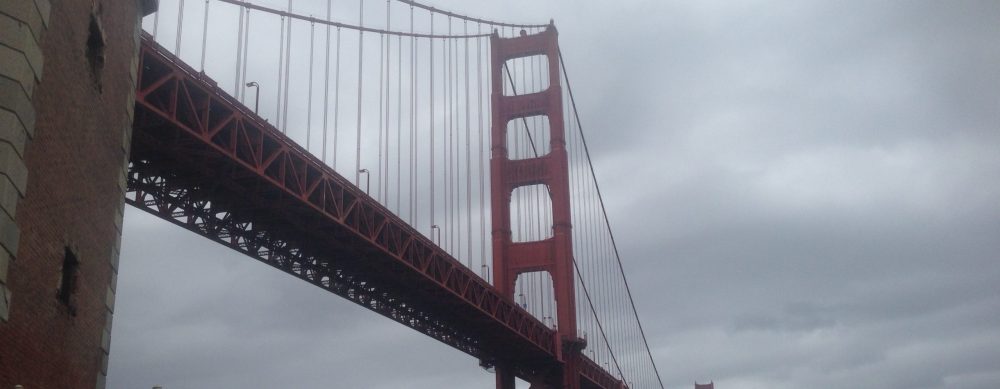Dear Physics Community,
I’d like to thank everyone who showed up for the lunch discussion today. These are the slides I showed and I would be happy to hear further thoughts from anyone, especially students and staff. Please send me your thoughts. We will share our response to the Vice-Chancellor in some form next week.
I sent Ian Waitz and Mark DiVencenzo an email earlier this week asking how much trouble I would get in if I created a list of matches between students on campus with people in Physics who need child care. One thing led to another and I learned that MIT actually has a benefit for students, faculty, and staff for up to 30 days of subsidized babysitting. MIT also has an affiliation with care.com that provides matching to local babysitting and coaching for homeschooling etc. All this is managed through the Center for Work, Life, and Well Being. I’ve been in touch with people there and if you need help with these things, please let me know and I will connect you.
Physics Department
The woodwork squeaks – and out come the freaks. Pseudoscience in the COVID-19 era.
Entanglement – David gave a great colloquium today. It reminded me of how great the original papers in this field were: EPR, Bell, and Aspect. If you want to work through the problem, here is a problem from Eugene Comins 221A Quantum Mechanics Course.
Los Endos
When you feel you need a break, have a look at Dark Roasted Blend.
Peter
